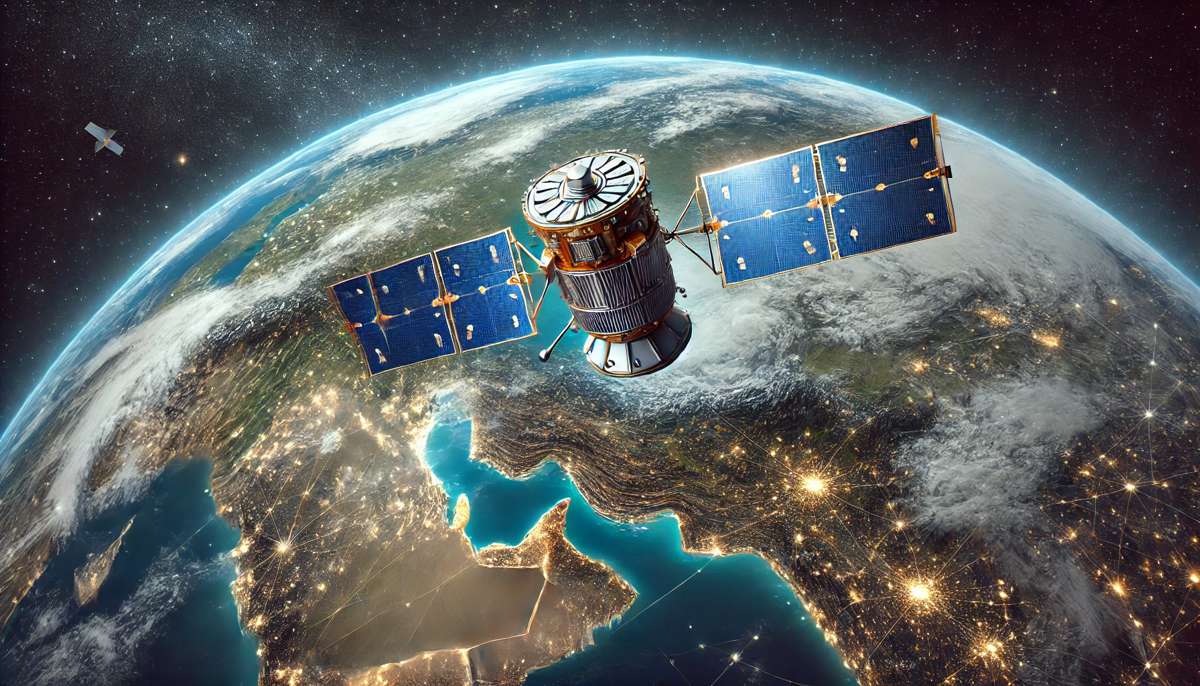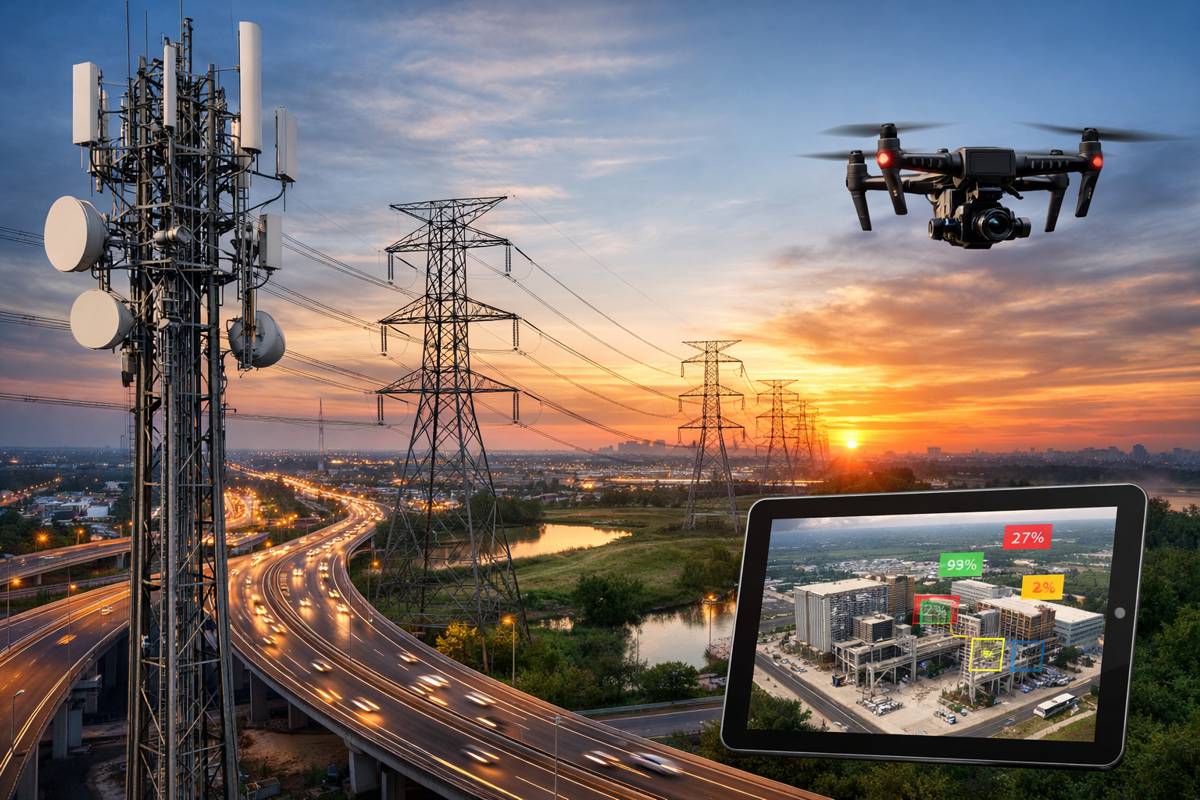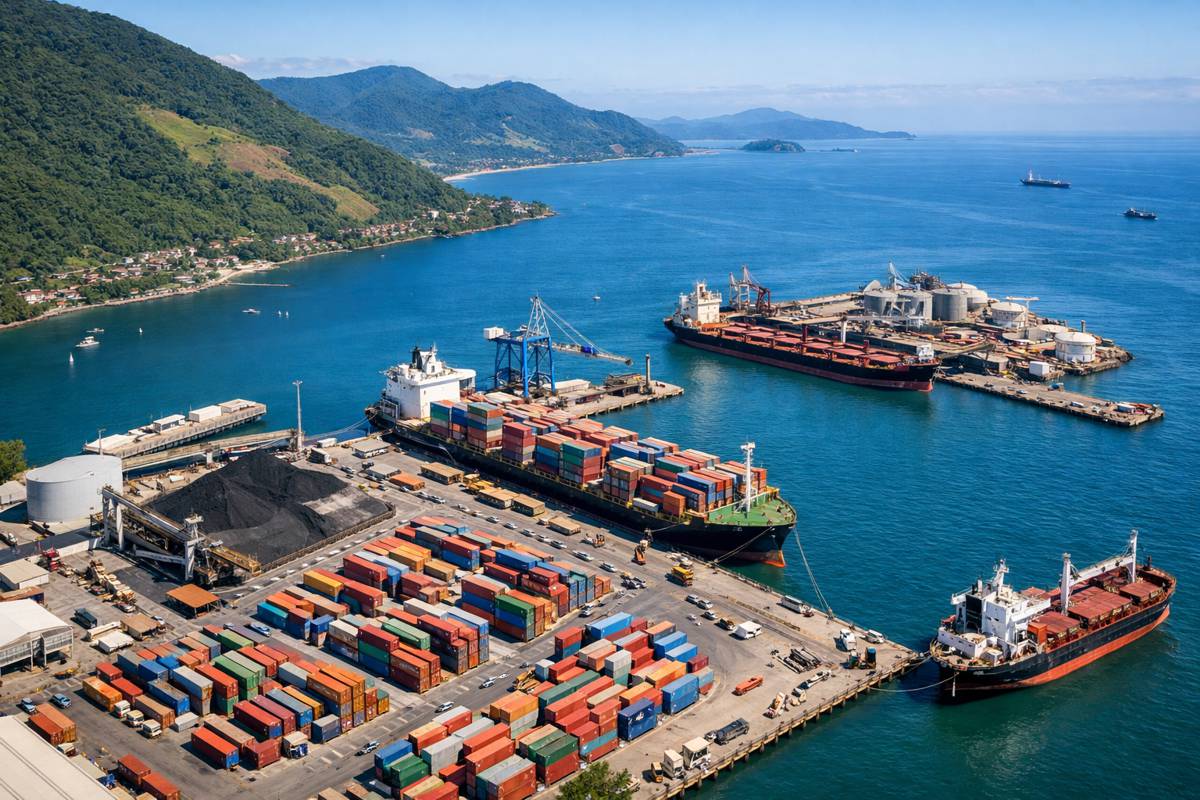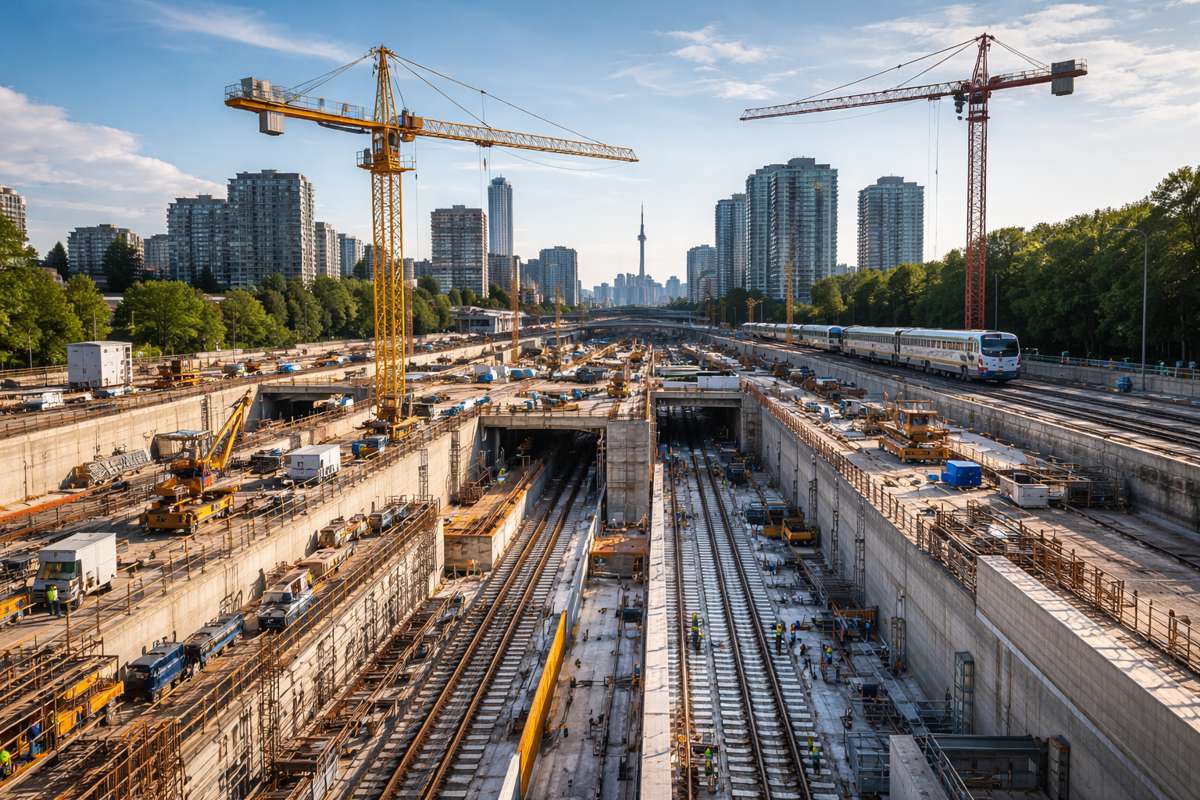Unlocking the Power of Geographic Information Systems
Geographic Information Systems (GIS) have revolutionised the way we plan, build, and manage infrastructure. On this GIS Day, Highways.Today explores how GIS technology is transforming the construction and transportation industries, paving the way for smarter, more sustainable infrastructure.
What is GIS and Why Does it Matter?
GIS, or Geographic Information Systems, is a technology that captures, stores, analyses, and visualises geographic data. It’s like a supercharged map—capable of layering data to reveal insights about spatial relationships and patterns that would otherwise go unnoticed.
In the world of construction and transportation, GIS is more than a mapping tool; it’s a decision-making powerhouse. By integrating location-based data with advanced analytics, GIS helps professionals design projects, monitor progress, and predict future challenges. Whether it’s managing road networks or optimising traffic flows, GIS is at the heart of modern infrastructure innovation.
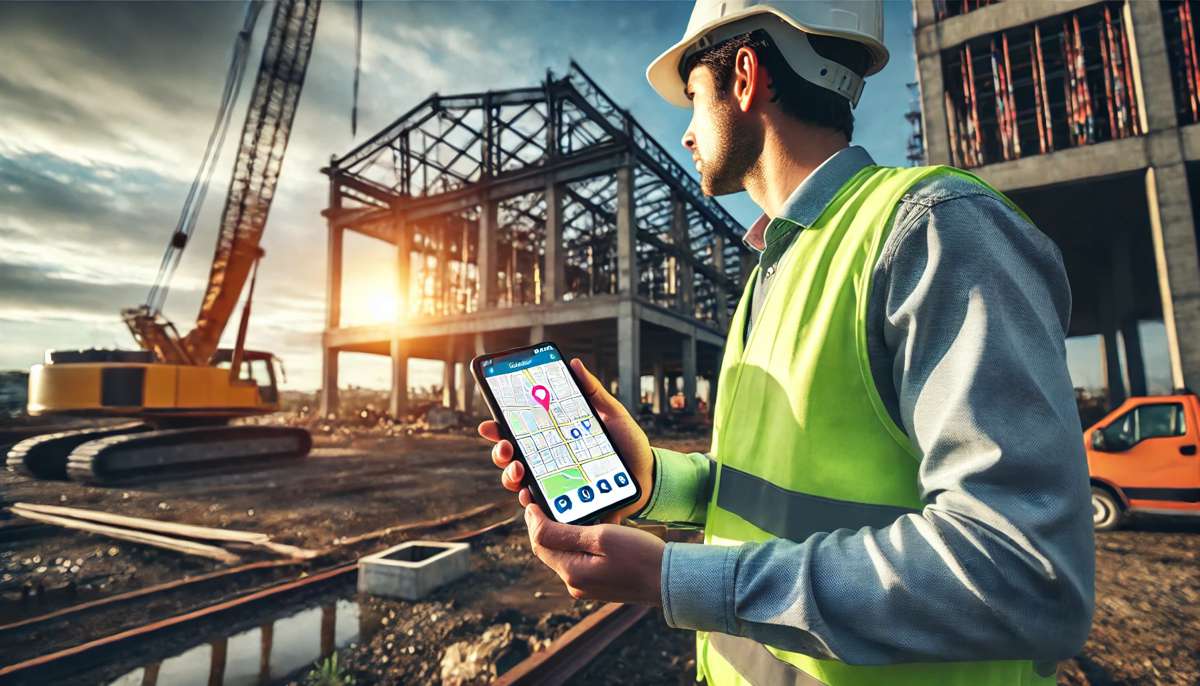
The Role of GIS in Construction
The construction industry has long grappled with inefficiencies, cost overruns, and safety concerns. GIS provides solutions by offering real-time data visualisation, improving project planning, and enabling collaboration across teams.
Enhancing Project Planning
Before breaking ground, GIS allows project managers to visualise terrain, assess risks, and identify potential obstacles. This not only saves time but also reduces costs by preventing unforeseen issues. For instance:
- Site Analysis: GIS tools can overlay environmental data, soil conditions, and zoning restrictions to determine the best location for a project.
- 3D Modelling: By integrating GIS with Building Information Modelling (BIM), teams can create 3D visualisations that provide a comprehensive view of a project’s impact on its surroundings.
Improving Safety Standards
Safety is paramount in construction, and GIS plays a critical role in risk management. By mapping hazards such as flood zones, unstable terrains, or nearby utilities, GIS enables teams to proactively address potential dangers.
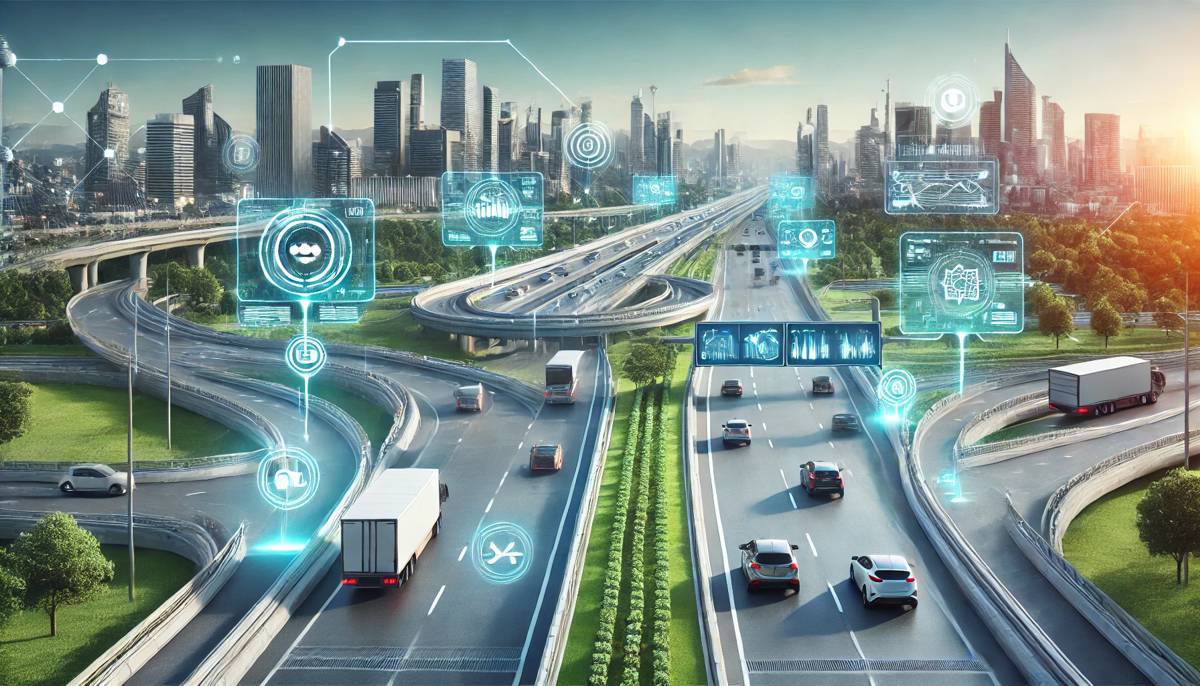
Transforming Transportation with GIS
The transportation sector thrives on precision and efficiency—qualities that GIS delivers in spades. From road design to traffic management, GIS enhances every aspect of transportation infrastructure.
Optimising Traffic Management
Traffic congestion isn’t just frustrating; it’s costly and harmful to the environment. GIS-based solutions help reduce gridlock by analysing traffic patterns, predicting bottlenecks, and suggesting alternative routes. Cities worldwide use GIS to optimise signal timings, design efficient road networks, and plan public transport systems.
Streamlining Maintenance Efforts
Road maintenance is another area where GIS shines. By monitoring road conditions and integrating data from IoT sensors, GIS systems can identify areas in need of repair, prioritise tasks, and allocate resources efficiently. For example, the integration of GIS with AI tools can predict wear and tear on highways, enabling proactive maintenance and minimising disruptions.

How GIS Drives Sustainability in Infrastructure
Sustainability is no longer a buzzword—it’s a necessity. GIS empowers construction and transportation sectors to adopt greener practices by providing insights into environmental impacts and resource management.
Environmental Impact Assessments
Before launching any major project, an environmental impact assessment is crucial. GIS simplifies this process by mapping biodiversity hotspots, water sources, and air quality levels. This data helps developers make informed decisions that minimise ecological harm.
Promoting Renewable Energy
GIS also supports the integration of renewable energy into infrastructure projects. By analysing solar exposure, wind patterns, and hydrological data, GIS helps planners identify optimal locations for renewable energy installations, such as solar farms or wind turbines.

Real-World Applications of GIS in Construction and Transportation
Smart Highways
GIS is a cornerstone of smart highway development. By integrating GIS with IoT devices, smart highways can monitor traffic flows, detect accidents, and even adjust speed limits in real-time. These systems not only enhance safety but also reduce emissions by minimising idling times.
Urban Development
In urban areas, GIS is used to design efficient public transport systems, plan pedestrian-friendly routes, and optimise land use. Cities like Singapore and Amsterdam have adopted GIS to create smarter, more liveable urban environments.
Emergency Response
During natural disasters or accidents, GIS plays a vital role in emergency response. By mapping affected areas and providing real-time updates, GIS enables quicker, more effective interventions.
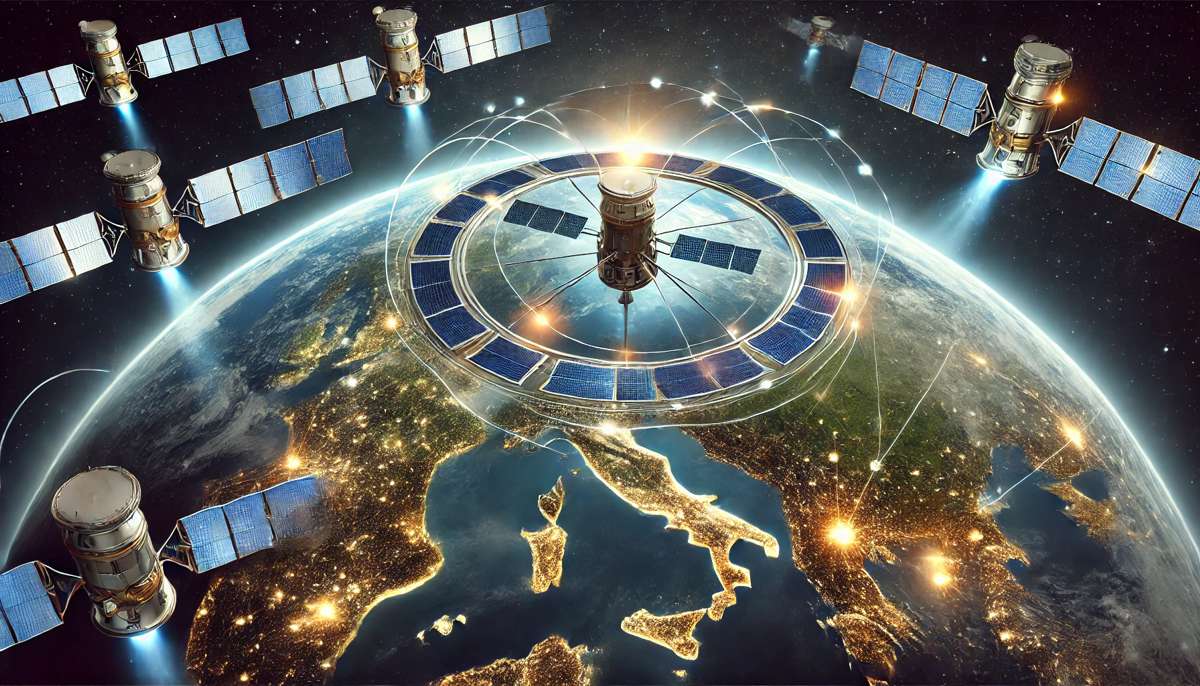
The Future of GIS
As technology evolves, so does the potential of GIS. Emerging trends include:
- Integration with Artificial Intelligence (AI): AI enhances GIS by automating data analysis and generating predictive models.
- Augmented Reality (AR): Combining GIS with AR provides immersive visualisations that can revolutionise planning and training processes.
- Cloud-Based GIS: Cloud technology enables real-time collaboration, making GIS tools more accessible and scalable.
With these advancements, GIS will continue to redefine the landscape of construction and transportation.
On this GIS Day, it’s clear that GIS isn’t just a tool—it’s a transformative force for the construction and transportation industries. By improving planning, enhancing safety, and driving sustainability, GIS empowers professionals to build smarter, safer, and more sustainable infrastructure.
As we look ahead, the possibilities for GIS are boundless. Whether it’s tackling urban congestion, mitigating climate change, or building the highways of tomorrow, GIS is the key to a brighter, more connected future.
